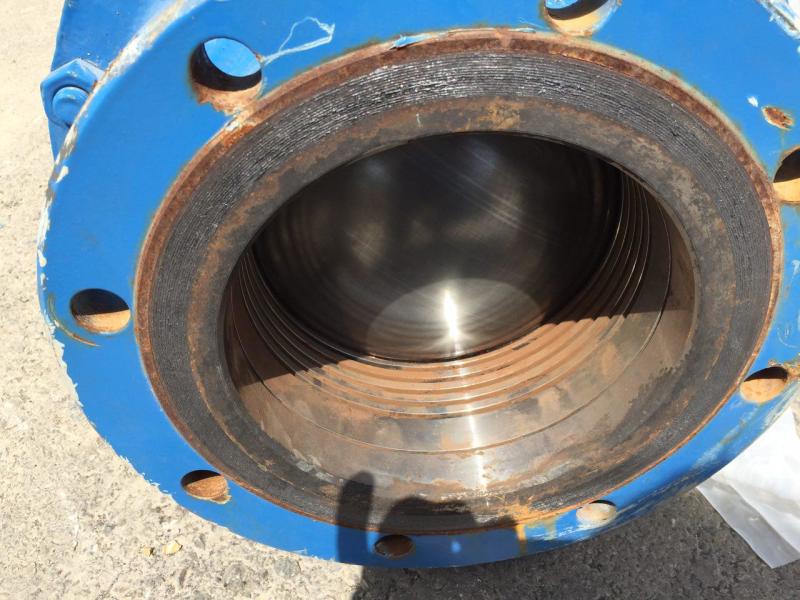Men8th, here is the link to a technical bulleting covering the seat;
( page 5, seat C )
" The bellows acts as a spring and seal, and also
increases the seat pressure at higher pressure differentials. "
A normal seat in a trunnion mounted ball valve acts in a different manner. Without proper pictures it is kind of hard to explain it, but if you take a look at the seat in the technical bulletin, you might get this;
When a normally seated trunnion mounted ball valve is in the closed position, and pressure is being applied, the pressure reaches to the outer peripheral of the seat, which is usually blocked by an o-ring, or a graphite for example. the inside peripheral is also under pressure, but the outer peripheral area wins, therefore sealing happens.
Now with this bellows seat this does not ocurr. When under pressure, the pressure fills the internal grooves, while simultaneously trying to push its way to the outer peripheral as well, but it is blocked by a graphite seal, therefore not getting there. The result is that the outer grooves are not pressurized, but the internal ones are, this does cause the seat to try to stretch itself, the other end pushing itself towards the graphite seal, the other end towards the ball.
Hope that I could make it a bit clearer!


